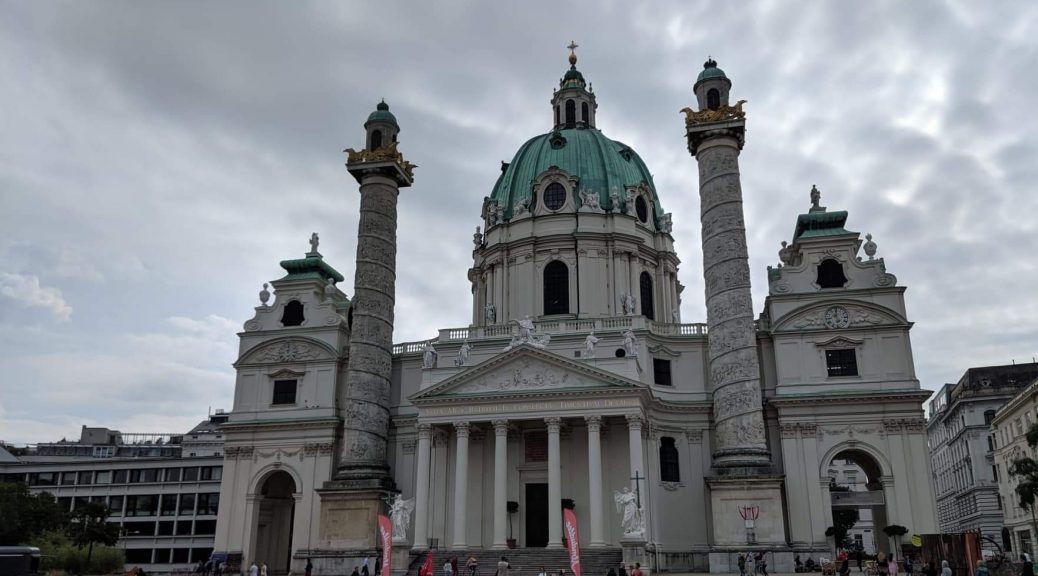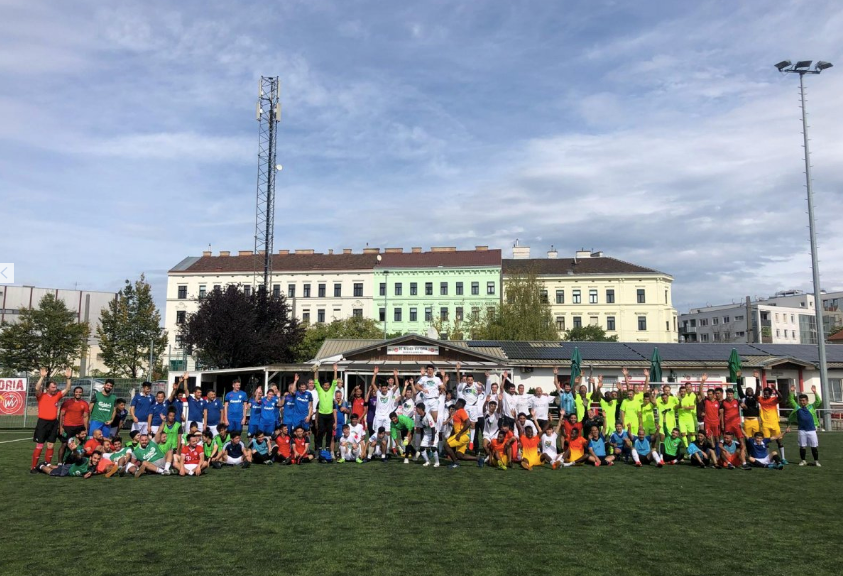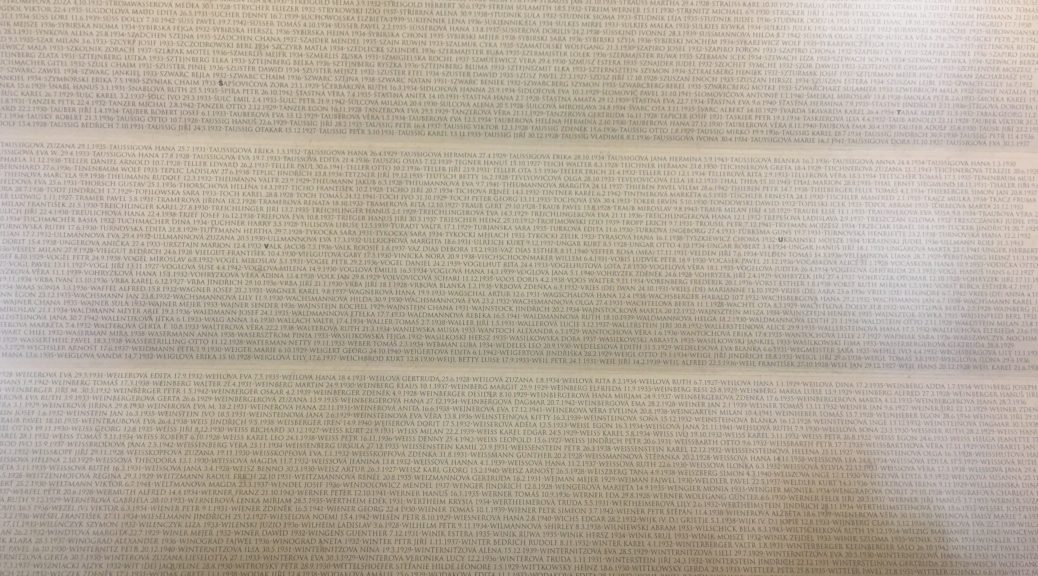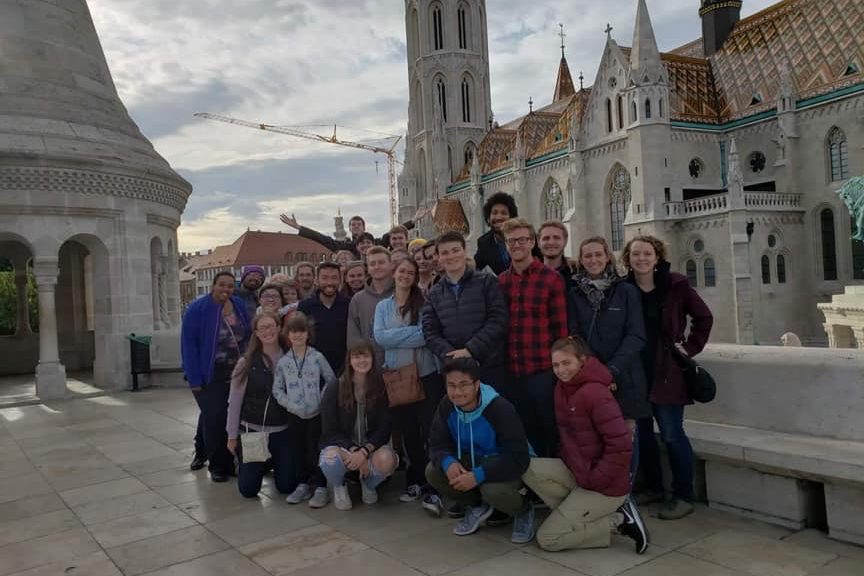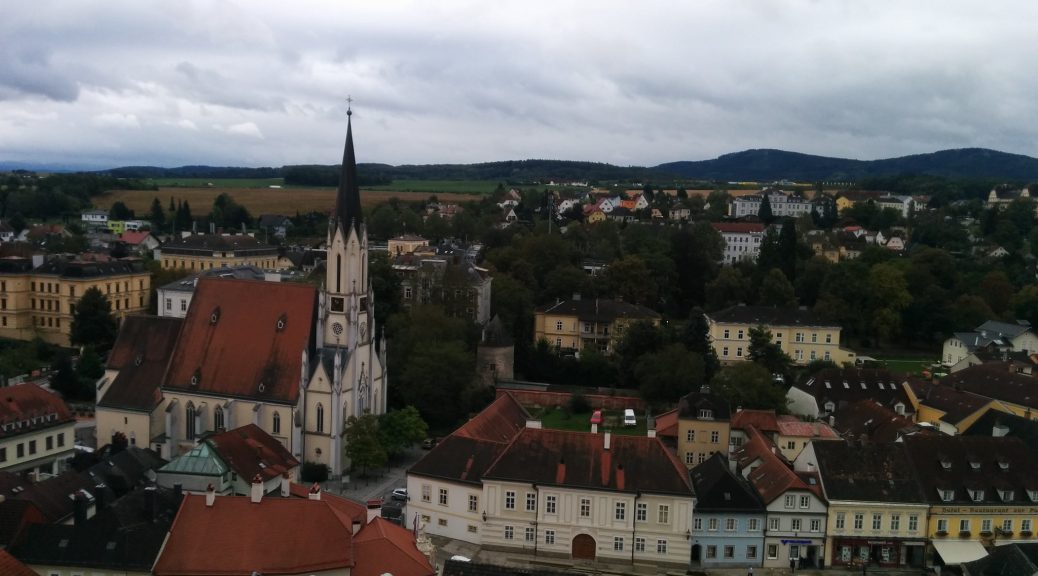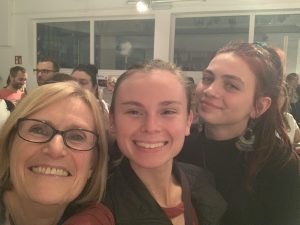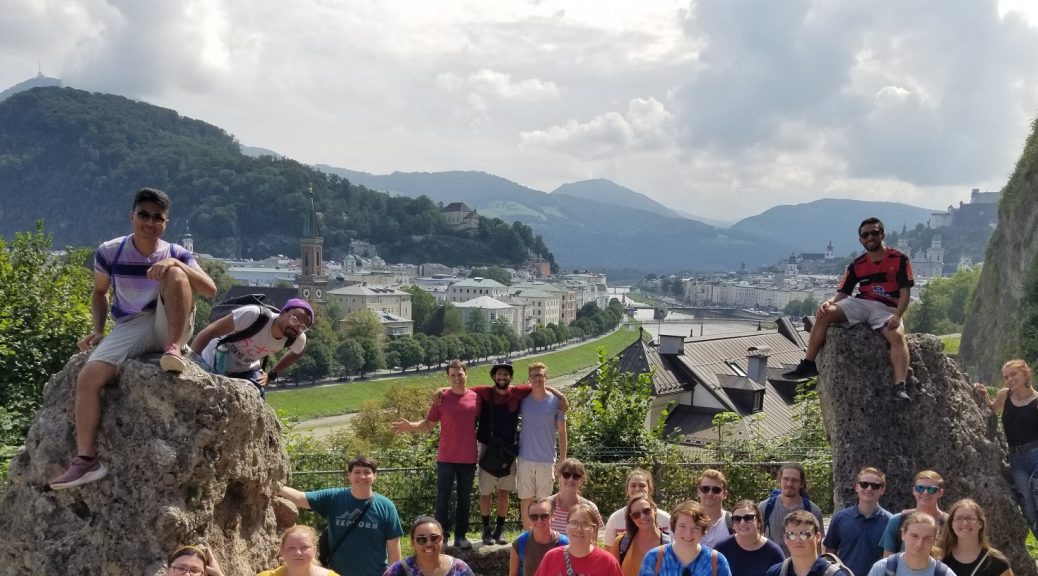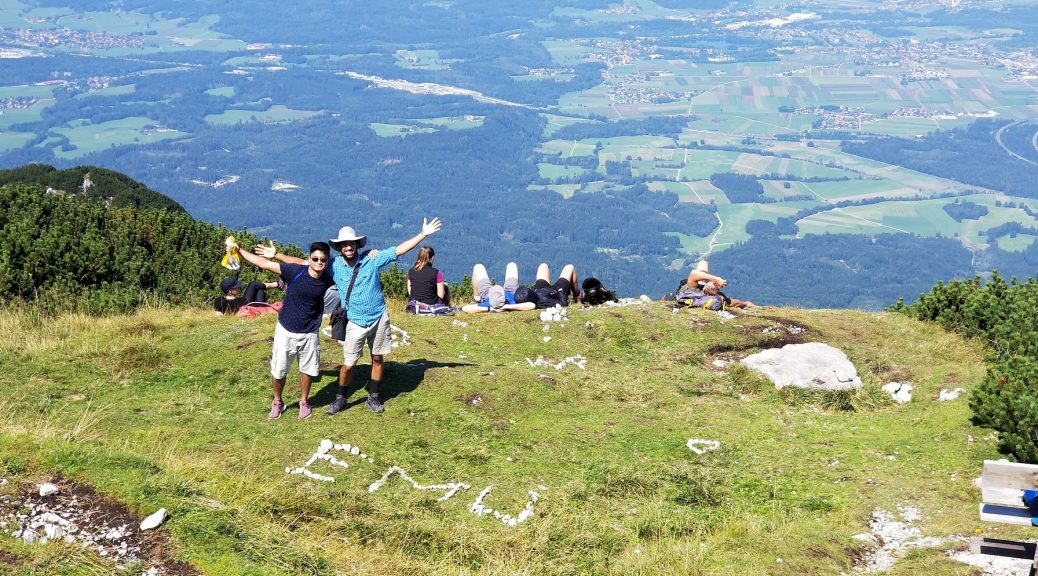Europe: A final thought
I haven’t really been able to process everything I’ve just seen and experienced and done over the past three and a half months, and I think it is going to take me some time to do so. I’ve learned so many things. But one thing that sticks out to me as of this moment that … Continue Reading ››
